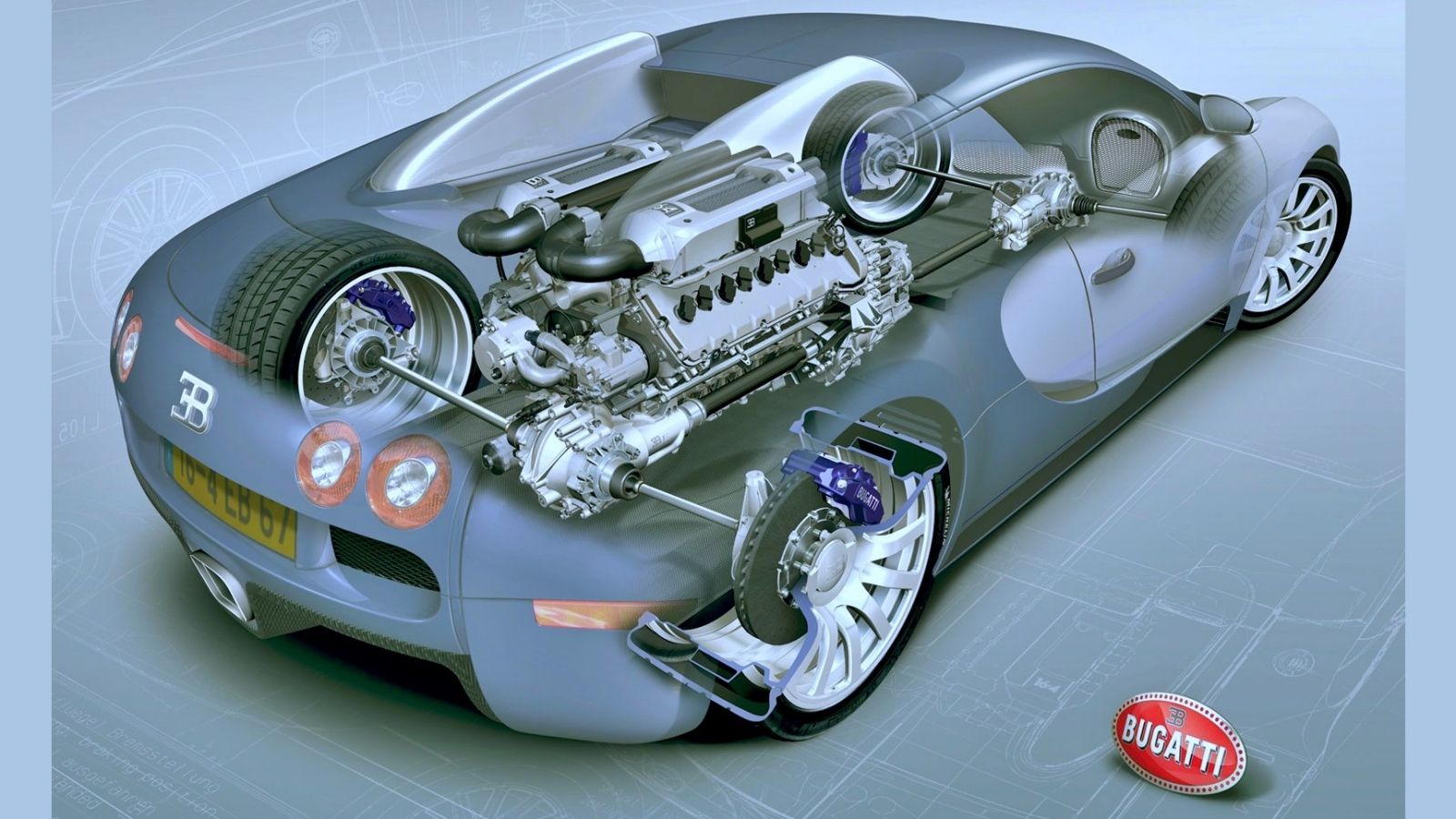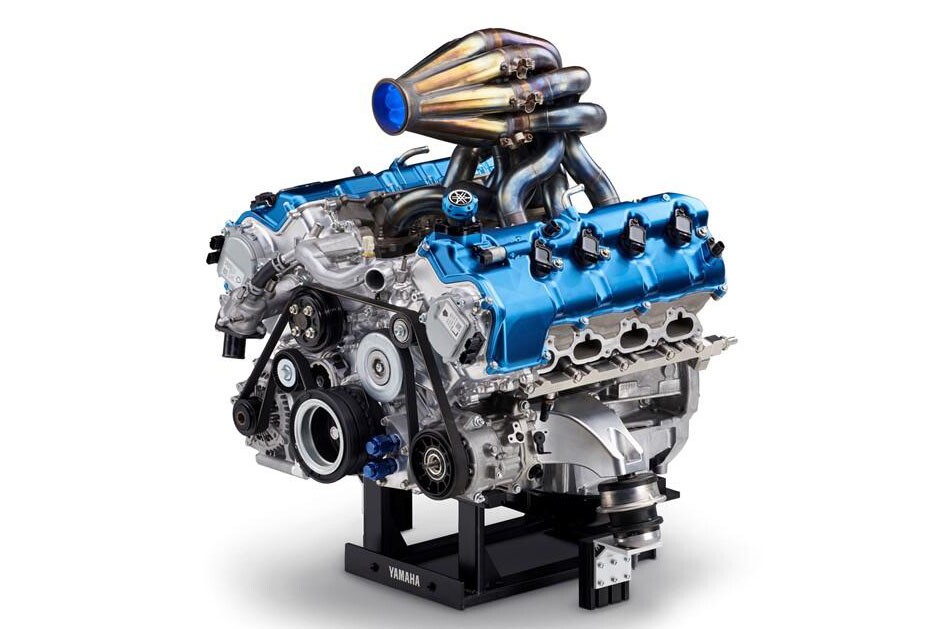The Pursuit for Ultimate Driving Power: Exploring the Pinnacle of Engine Performance and Technological Developments in the Automotive Market
In the realm of automotive design, the search of optimum driving power has actually been an unrelenting quest that has actually unfolded via the advancement of engine style and the integration of cutting-edge modern technologies. From the meticulous workmanship of combustion engines to the rapid developments in electrical propulsion systems, the vehicle market stands at the cusp of a brand-new period defined by unprecedented performance capacities. As designers and researchers delve much deeper right into the worlds of computational fluid characteristics and explore ingenious gas technologies, the horizon of possibilities broadens greatly. Stay tuned as we unwind the elaborate tapestry of technical advancements that are forming the future of auto power and performance.
Evolution of Engine Style

In addition, the assimilation of turbocharging and supercharging modern technologies has changed engine layout by enhancing power without considerably raising engine dimension. These forced induction systems press the consumption air, enabling even more gas to be ignited, thus creating greater power result from a smaller sized engine. This improvement has actually been particularly important in improving the efficiency of smaller sized displacement engines while keeping gas performance standards.

Performance-Enhancing Gas Technologies
The application of innovative fuel modern technologies has actually significantly contributed to enhancing engine efficiency in modern automobiles. From conventional gasoline and diesel to ingenious biofuels, artificial gas, and hydrogen, the automotive market is experiencing a transformation in fuel choices. Biofuels, originated from renewable sources like sugarcane, algae, or corn, deal minimized emissions and enhanced engine effectiveness. Synthetic gas, created via chemical processes, offer high octane ratings, enhancing power output. Hydrogen gas cells, although still in the beginning of fostering, reveal terrific assurance as a result of their zero-emission nature and capacity for high efficiency. In addition, gas additives and cleaning agents are being formulated to tidy engine parts, optimize burning, and reduce friction, thus enhancing total vehicle efficiency. With ongoing research study and development, the mission for the best driving power continues, as engineers strive to unlock the complete possibility of performance-enhancing gas modern technologies in the automobile sector.
Improvements in Electric Propulsion
Substantial strides in electrical propulsion technology have reinvented the auto market, leading the way for a brand-new era of efficient and sustainable transport. Electric lorries (EVs) are acquiring popularity due to their environmental benefits and developments in battery modern technology, enabling longer driving ranges and much shorter billing times. Producers are investing heavily in r & d to enhance the performance of electric propulsion systems, concentrating on raising power output, boosting power effectiveness, and decreasing overall weight.
One notable development in electric propulsion is the development of sophisticated electrical motors that supply greater torque and power thickness, leading to boosted velocity and general driving performance. Additionally, regenerative stopping systems have actually been right here improved to store and catch power throughout slowdown, further increasing the effectiveness of EVs.
Additionally, the combination of clever technologies, such as fabricated intelligence and predictive analytics, is optimizing the management of electrical propulsion systems, ensuring optimal performance under numerous driving conditions. These advancements in electrical propulsion are improving the automotive landscape, driving the market in the direction of a more sustainable and amazed future.
Influence of Computational Fluid Dynamics
With developments in electric propulsion pushing the limits of vehicle modern technology, the combination of Computational Fluid Dynamics is playing an essential role in maximizing aerodynamic performance and boosting total effectiveness in vehicle layout. Computational Fluid Characteristics (CFD) entails using computer system simulations to examine the flow of air around a lorry, enabling engineers to anticipate how layout adjustments will certainly affect aerodynamics without the requirement for pricey physical models. By precisely modeling air flow patterns, CFD enables the improvement of car shapes to lower drag, boost cooling, and enhance stability.
One trick advantage of utilizing CFD in automobile design is the ability to iterate swiftly, discovering various style variations to determine one of the most aerodynamically efficient options. This repetitive process causes lorries that are not only sleeker and more visually attractive yet additionally more eco friendly and fuel-efficient. CFD makes it possible for engineers to enhance air flow around components such as radiators, engine bays, and wheel wells, contributing to boosted performance and total driving experience. In conclusion, the integration of Computational Liquid Dynamics represents a substantial progression in the quest for utmost driving power and efficiency in the vehicle market.
Future Patterns in Engine Advancement
In the dynamic landscape of auto engineering, innovative advancements are forming the future trajectory of engine innovation. The future of engine layout is noted by a solid emphasis on performance, sustainability, and efficiency. Producers are increasingly concentrating on creating engines that not just deliver high power outcomes however additionally focus on ecological duty by enhancing and decreasing discharges gas click reference effectiveness.
One prominent pattern in engine innovation is the surge of electrification. Crossbreed and electrical powertrains are gaining traction as practical options to conventional combustion engines. These innovations provide the possibility for substantial decreases in carbon discharges and enhanced energy efficiency, aligning with international efforts to deal with climate change.
Furthermore, advancements in products scientific research and production techniques are allowing the manufacturing of lighter and much more sturdy engine elements. This shift towards lightweight products such as carbon fiber check my site and aluminum alloys adds to improved efficiency and gas economy.
Final Thought
In conclusion, the quest of ultimate driving power in the automotive industry remains to drive advancements in engine style, gas innovations, electric propulsion, and computational liquid characteristics. The evolution of these technologies is forming the future of engine advancement, paving the means for more reliable and effective cars (engines for africa). As the sector remains to press the limits of what is feasible, we can anticipate to see much more innovative developments in the pursuit for peak performance
One of the crucial milestones in engine layout advancement is the change from traditional carbureted engines to modern-day fuel-injected systems. By exactly metering the gas shipment to each cyndrical tube, fuel-injected engines optimize combustion, resulting in much better performance and minimized environmental influence.
In addition, the integration of turbocharging and turbo charging innovations has revolutionized engine design by enhancing power without substantially boosting engine dimension (engines for africa).The execution of sophisticated gas technologies has considerably added to boosting engine efficiency in modern cars. In addition, fuel ingredients and cleaning agents are being formulated to clean engine components, enhance combustion, and minimize rubbing, consequently improving overall automobile efficiency